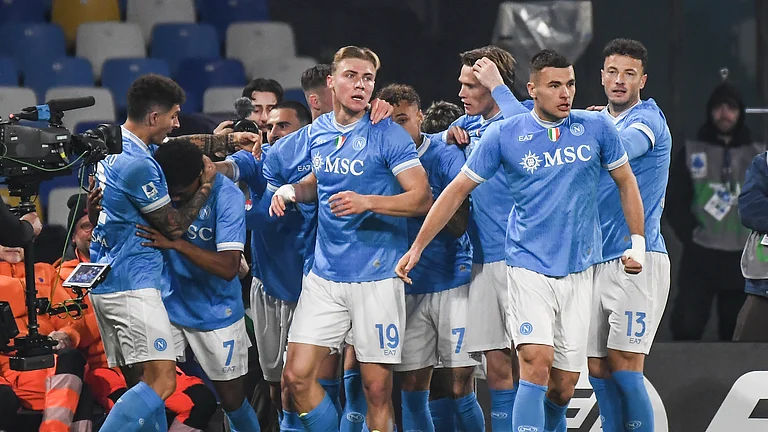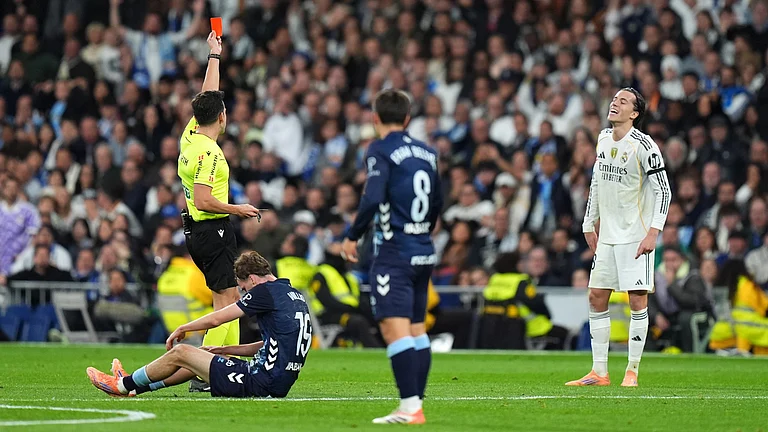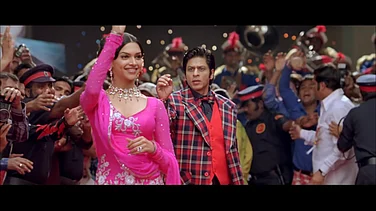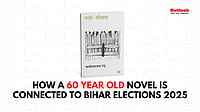In early November, Drohkaal fetched Nihalani the best director prize at the ninth Damascus film festival. A week later,Hkhagoroloi Bohu Door (A Long Way to the Sea) won the Getz World Peace Prize at the 31st Chicago film festival. On December 11 in Cairo, Tarpan, documentary filmmaker Bikram Singh's maiden feature, was singled out for the coveted Naguib Mahfouz Award for the best first film of a director. Earlier in the year, another debutant, Susant Mishra's Oriya film, Indradhanura Chhai (Shadows of the Rainbow), made waves, first by making it to Cannes and then winning the Grand Prix at the Sochi festival "for its cinematic language".
Is this a resurgence of global interest in India's non-mainstream cinema? Shabana Azmi, chairperson of the Cairo festival jury, thinks it is. "At a time when parallel films are not quite up and about, any recognition is good.... It's an acknowledgement of the interest Indian cinema can arouse."
For the filmmakers themselves, these awards constitute personal triumphs. Says Bikram Singh: "I did not make Tarpan formoney, so the award means a great deal." Barua feels that this kind of recognition abroad is quite encouraging though he is aware that one or two prizes don't make a difference. "But it instils hope, keeps us going," he adds. As for Nihalani, the awards are a very positive thing because they come after a gap of five or six years.
These international awards haven't, however, come as any surprise to Ravi Gupta, managing director of the National Film Development Corporation (NFDC), which produced Drohkaal and Tarpan. "It's almost our second nature," he says. "We get such awards all the time."
It is not merely in terms of critical acclaim and festival awards that art cinema is betteroff than commercial films, claims Gupta. "It is a media-created myth that parallel cinema is dead. In fact, art films are more viable than commercial films. Half the 15 offbeat films we finance or produce each year make profits, whereas only 30-40 of the 800 mainstream productions do so," he argues.
But who gets to see these films? While they are bought by foreign networks and distributors, they are rarely accessible to Indian audiences. That, laments Nihalani, is the problem. "True, TV is emerging as a major outlet for parallel films but let's accept it, films ultimately live on the big screen." There is, feels Nihalani, an audi-ence for meaningful films, what is needed is good marketing.
"I have seen the reaction of people to our films at festivals abroad. It is sad that in our own country, there is only frustration," says Barua, who say Hkhagoroloi has been enthusiastically received in his home state and is scheduled to be released in France soon. "That's the funny thing," the Bombay-based Assamese director says. "It isn't being released in India. Either they (the French) are fools or we are."
Bikram Singh's predicament is similar. Tarpan, produced jointly by NFDC and Doordarshan last year, has not seen the light of day in India. "I was assured that the film would be commercially released, but all that has happened so far are two screenings on Doordarshan. Had I known Tarpan would be shown only on television, I would have handled it differently," says the bureaucrat-turned-filmmaker.
Amid the general mood of dejection, the awards are a rejuvenating shot in the arm for directors like Nihalani, Barua and Bikram Singh. Encouragingly, they are all poised to move on to their next projects. Nihalani is set to make a film co-scriptedby Mahesh Dattani and starring Ajay Devgan and Tabu, Barua has acquired finance from the Assam government for a film about the life of freedom fighter Kushal Konwar and Bikram Singh is planningThe Strange Case of Billy Biswas, a mega-budget screen adaptation of the Arun Joshi novel.
Life goes on for India's resilient offbeat directors despite the numerous pitfalls in their path. The occasional flashes of international recognition are only a friendly push in the direction of a place in the sun. So, the more the merrier.






















